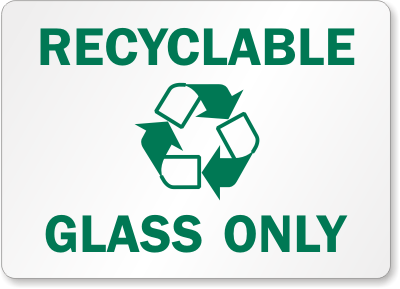Join Heal the Bay in Strawless Summer
Help reduce plastic litter by skipping the straw!
Heal the Bay is an environmental nonprofit dedicated to making the coastal waters and watersheds of the Greater Los Angeles area safe, healthy, and clean. For over thirty years, Heal the Bay has been the Southland’s strongest advocate for the ocean.
Litter from plastic debris is a huge problem in Southern California oceans and waterways. In fact, by 2050, it is now estimated there will be more plastic in the ocean by mass than there are fish!
The most common form of plastic debris comes from beverage containers: plastic lids, cups, bottles, sleeves, stirrers, six-pack rings, and yes, straws. According to Heal the Bay, nearly 40% of all debris found in the environment is beverage-related.

Not only is plastic litter unsightly and gross, it’s dangerous. Marine mammals, fish, and birds can choke on litter, causing sickness, injury and death.
The City of Torrance is uniquely situated within the Dominguez Channel, a 70,000 acre watershed, extending from LAX to the Los Angeles Harbor. With Madrona Marsh, one of the only urban wetlands in Southern California, and 1.5 miles of Pacific coastline, the City of Torrance is one of the most geographically diverse areas in Los Angeles, and one of the most reliant on waterways for its natural beauty.
Litter is a constant problem in all densely-populated, urban areas, and the City of Torrance is no exception. Heal the Bay estimates that collectively, Americans use roughly 500 million plastic straws per day–enough to wrap around the Earth 2.5 times. Most of these plastic straws end up in landfills, but too many end up as litter in our local waterways.
To reduce litter from plastic straws, Heal the Bay is launching a new initiative:
Strawless Summer!
- Make a commitment to Skip The Straw and visit Heal the Bay for details.
- Enter the #StrawlessSummer contest to win free concert tickets.
- Remember to reduce plastic debris from beverage containers by using reusable water bottles and coffee cups.
To learn more about reducing plastic pollution in Southern California waterways, Take Action. To learn more about keeping City of Torrance waterways clean, visit the City’s Stormwater homepage.















